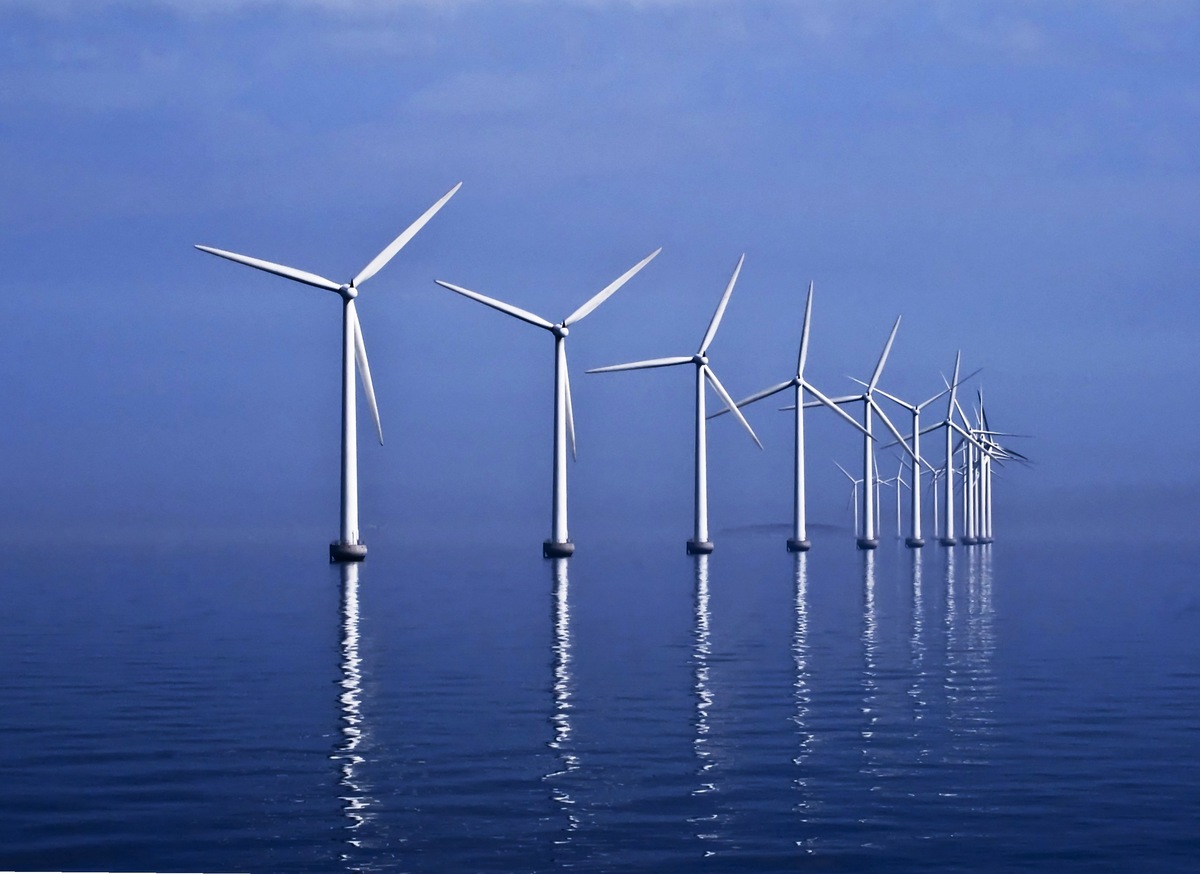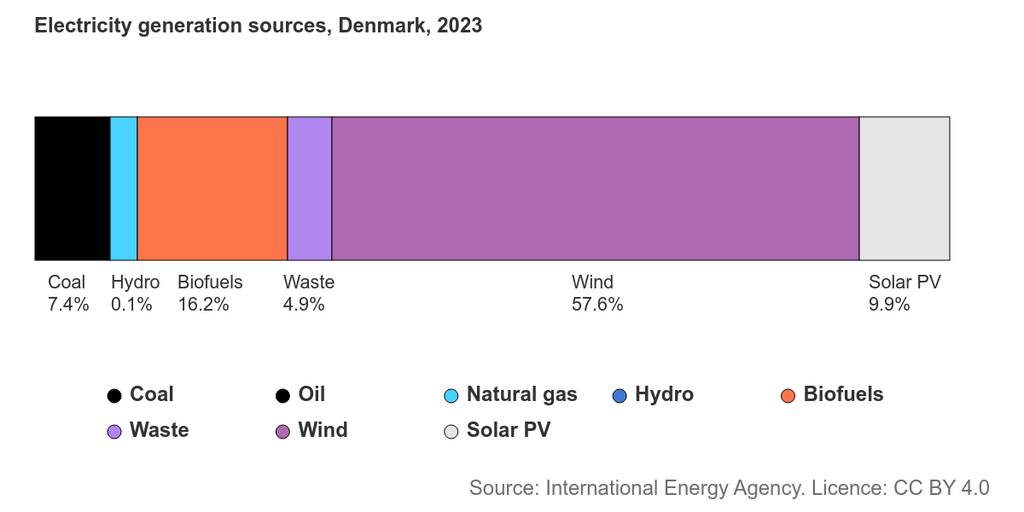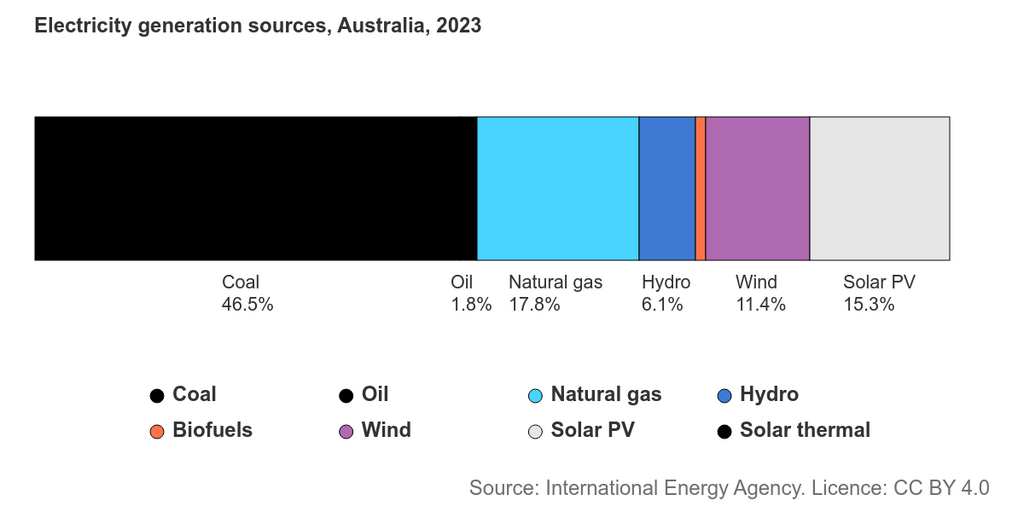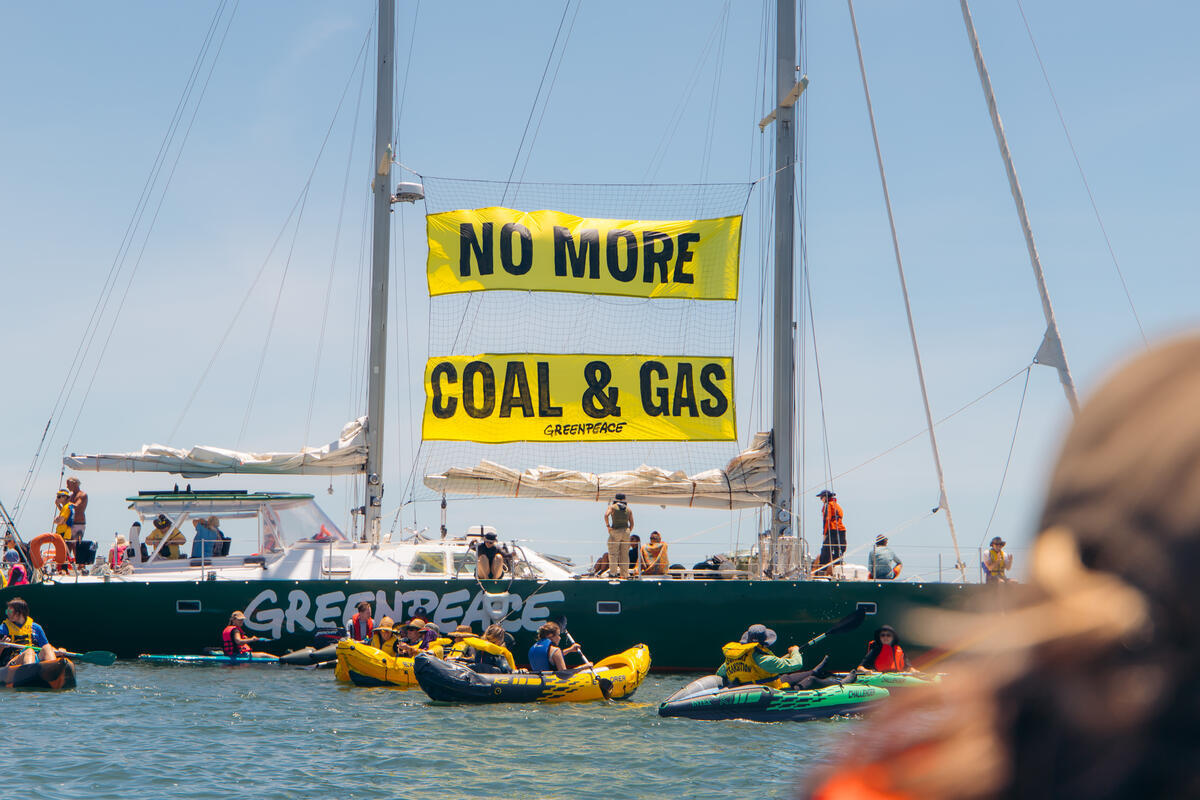When governments fall short, ordinary people can spark extraordinary change. Nowhere is this more evident than in Denmark, where citizens and community groups took the lead in a wind energy revolution that helped set the country on a path to phase out fossil fuels entirely. Decades ago, while the Danish government was hesitating on clean energy, locals banded together to build wind turbines on their own. The result? Denmark today generates 84% of its electricity from renewables, with 54% being from wind. Denmark’s proved that the clean energy revolution can be powered by the people.
People-powered wind revolution
In the 1970s, Denmark faced an energy crossroads. The government was considering nuclear power, but ordinary Danes and NGOs had different ideas. A vibrant anti-nuclear movement emerged with the iconic slogan “Nuclear power? No thanks” and activists didn’t just protest, they offered a solution. Environmental groups and citizens began advocating for wind energy as the safe, clean alternative.
In fact, some communities simply went ahead and built turbines themselves. In 1978, a group of teachers and students constructed a then record-breaking wind turbine at Tvind, proving that local ingenuity could achieve what big utilities hadn’t. This DIY turbine, built by citizens on a shoestring, became a symbol of what grassroots innovation could do.
This early citizen leadership laid the foundation for Denmark’s wind power boom. By the late 1970s and early ’80s, rural communities and eco-minded cooperatives were installing wind turbines to power their towns and farms. Residents pooled funds to erect turbines, sharing both the electricity and the profits. By 1996 there were around 2,100 wind energy cooperatives across Denmark. These co-ops gave tens of thousands of people a direct stake in clean energy.
These citizen-led projects moved forward at a time when government support was modest. While officials slowly came around to renewables, communities were already proving wind power’s viability on the ground. By 2001, over 100,000 Danish families belonged to wind cooperatives that had installed 86% of all the nation’s turbines . In other words, regular people owned the majority of Denmark’s wind infrastructure, long before big energy companies jumped in. This bottom-up momentum not only built turbines, it built public pressure that pushed Denmark’s policies to be greener. Community and NGO leadership filled the gap when the government wasn’t doing enough and ultimately nudged the government to step up as well.
The Middelgrunden Model

A shining example is the Middelgrunden offshore wind farm near Copenhagen. Commissioned in 2000, this 40 MW facility is co-owned by the city’s utility and a cooperative of over 8,500 locals. Citizens invested approximately €23 million, covering half the project’s cost. Through extensive public consultations, the project garnered widespread support, turning potential opposition into pride. Investors saw returns of 6-7% annually, recouping their investments within eight years.
When the people lead a fossil fuel phase out
Middelgrunden was not a one-off, it was a model. Inspired by its success, more community wind projects blossomed across Denmark in the 2000s. In fact, Denmark’s government eventually adopted policies to cement community ownership in all new projects. A 2008 renewable energy law (implemented around 2011) requires that at least 20% of any new wind farm be offered to local residents for purchase. This policy ensures that as wind power expands, communities get a slice of the benefits.
Thanks to decades of grassroots action, Denmark has transformed from a fossil-fuel dependent nation into a global renewable energy leader. Wind now generates over half of Denmark’s electricity and much of that power belongs to the people. By 2016, more than 50% of Denmark’s wind capacity was owned by citizens or co-ops, not corporations.

This people-powered approach also fueled economic prosperity. Denmark became a wind manufacturing giant, with renewables employing around 2% of its workforce and generating billions through exports. Denmark’s transition shows that when the clean energy revolution belongs to the people, climate action and community prosperity go hand in hand.
Australia: ready for a community energy revolution
Looking at Denmark, you might think Australia, with our endless sun, wind and wide-open spaces would be following a similar path. We certainly have the natural potential to be a renewable energy superpower. Yet Australia’s renewable journey has been slower and bumpier, often held back by the influence of fossil fuel interests. While Denmark races toward 100% green electricity, only a bit under 40% of Australia’s electricity currently comes from renewables. And we remain one of the largest exporters of coal and gas. In many ways, Australia today is where Denmark was decades ago: the government is talking about climate solutions, but not acting fast enough. This is where Aussies can learn from the Danish playbook.

The good news is Australians are already stepping up. In the absence of strong federal action in years past, communities, NGOs, and everyday families have taken initiative. Just look at our rooftops: as of 2024, nearly 1 in 4 of Australian households have installed solar panels on their homes, the highest uptake of rooftop solar in the world. That’s millions of Australian families who decided to generate clean power on their own, often long before governments provided any substantial incentives.
Community energy projects are also gaining momentum here. Just look at Hepburn Wind in Victoria, Australia’s first community-owned wind farm. In the late 2000s, locals near Daylesford didn’t wait around for big energy companies to act. They came together, formed a cooperative, and raised nearly $10 million from 2,000 members to make their vision real. By 2011, two turbines were spinning, generating enough clean electricity to power over 2,000 homes.
Hepburn Wind shows what’s possible when communities take the lead. Like Denmark’s early wind pioneers, these locals proved that people-powered renewables can thrive in Australia too.
The power of communities: from Denmark to Down Under

The protest sought to increase pressure on the Australian government to commit to a timeline for a fair and fast phase out away from all fossil fuels, starting with no more coal and gas.
Australia is the world’s third largest exporter of fossil fuels, and the Newcastle Port is the world’s largest coal export port. On the final day of the “protestival”, 170 people were arrested while out in their kayaks blocking the channel to prevent coal ships from passing, successfully forcing one coal ship to turn around.
Danish residents didn’t wait for permission or perfect policies, they organised, invested, and built the future they wanted to see. In doing so, they dragged their leaders along with them and reaped rewards for their communities. Australians have that same spirit. We’ve seen it in the rooftop solar boom, in grassroots campaigns to stop new coal mines, and in local renewable projects that put people and the planet first.
The climate crisis demands urgent action, but Denmark shows that action can begin at the grassroots and turn into a national triumph. It’s a hopeful reminder that even if our leaders are slow, we don’t have to be. When communities lead, politicians will follow. As the Danes have shown, a greener future is not just up to governments or big companies, it’s in our hands. It’s time for Australia’s own people-powered energy revolution.
Sign the petition to demand no new fossil fuels and help spark the change we need.









